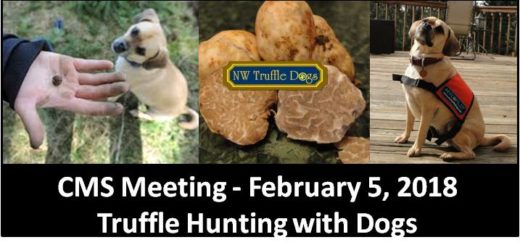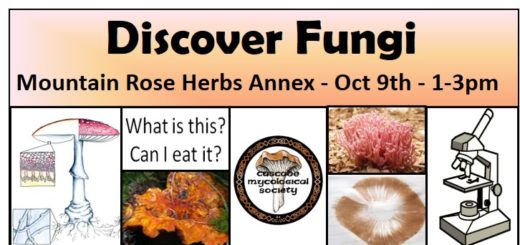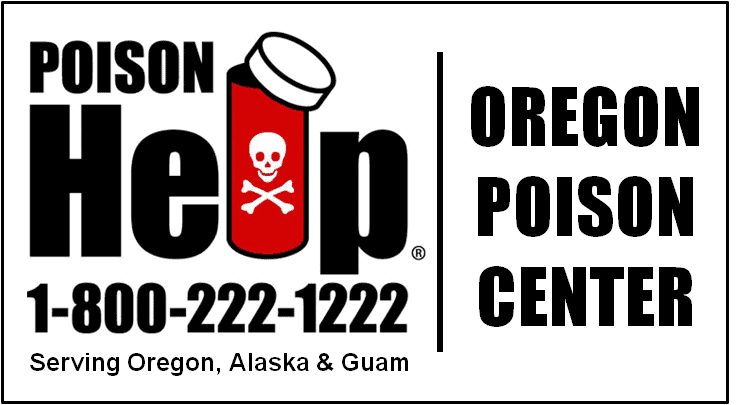Life in a Burn Area
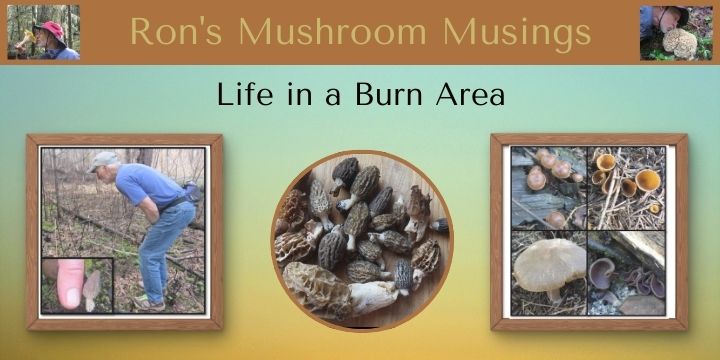
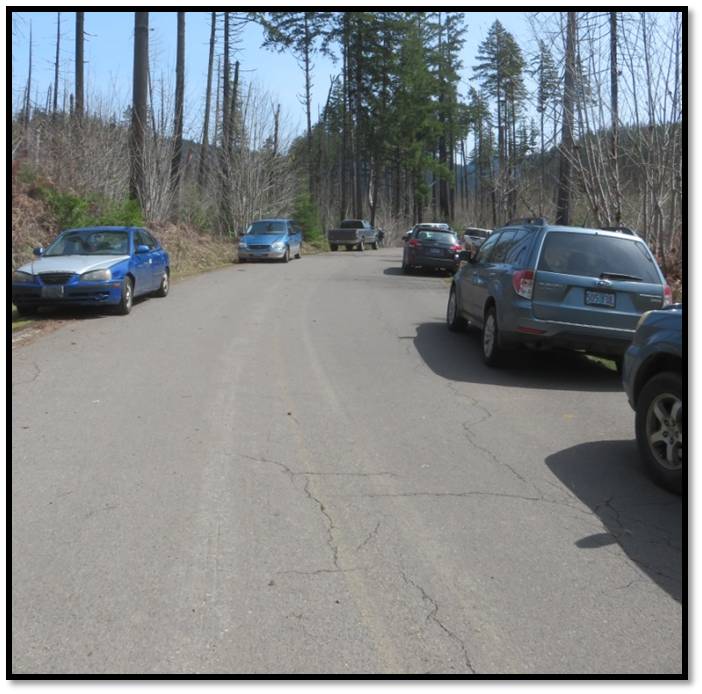
Back in 2018, Sandy and I decided to check out one of Oregon’s burn areas to look for the infamous burn morel. We chose the 2017 Jones Fire as we had heard rumors that others were finding morels there. I’m not much of a fan of morels but Sandy really likes them and we had never hunted in a burn area before. It was kind of exciting and it would be a new experience for us. Just one of those check the box, we’ve done it sort of things.
We drove to the Jones Fire early in the morning to get a jump on the other morel hunters. We arrived at the site only to find a dozen cars already parked in front of the closed gate. Some were unloading bicycles so they could ride deeper into the burn area with expectations of morels being more plentiful. After walking several hundred feet past the closed gate, Sandy and I stood amongst logs, stumps and standing trees all totally blackened by the fire. The ground had been mostly taken over by opportunistic mosses, plants and fungi that have adapted to thrive in after-fire conditions. I immediately started looking at the ground in front of me so I could start filling our basket with morels.
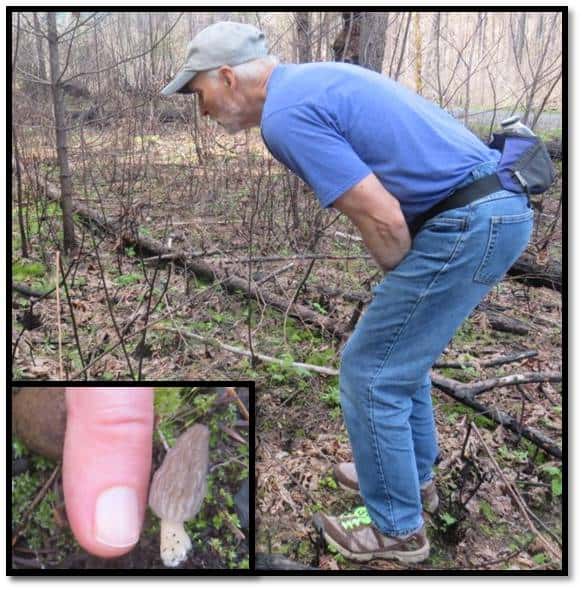
After about ten minutes of being hunched over, a young man came over and said “Can I help you get started?”. I’m not sure why he didn’t recognize my advanced mushroom stalking technique but I didn’t want to make him feel dejected so I accepted his offer to help. He told me to look much closer at the ground and pointed out a morel only a few inches away from my left foot. He said it would get much easier once your eyes key-in on what you’re looking for. Thanks to that good Samaritan, Sandy and I both started to find a few morels scattered around the area but we could tell that many pickers had already preceded us.
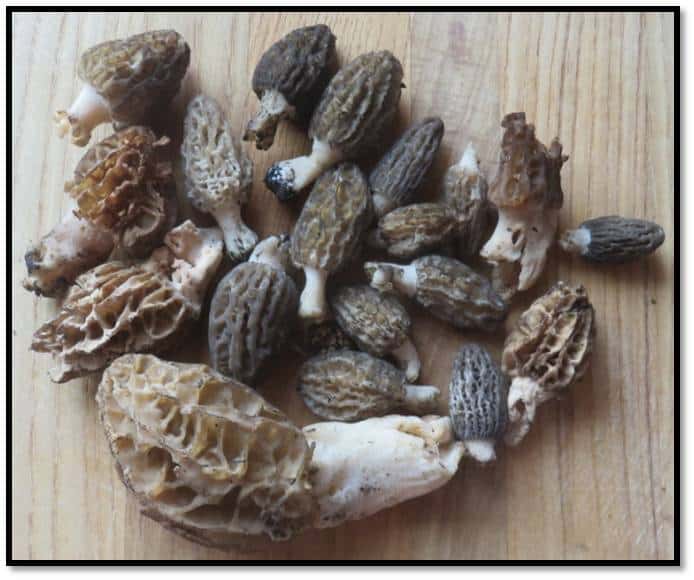
After a few hours of bending over, staring at the ground and coating our shoes and pants with ash, it was time to conclude our burn hunt adventure. The entire time we were morel hunting, there was a constant flow of new morel hunters arriving. As we drove away, the number of newly parked cars along the road seemed to go on for half a mile. The crowds were reminiscent of people going to a sporting event or perhaps a concert. It was like we all just showed up to take advantage of a very unfortunate event that destroyed a forest and certainly some of its inhabitants.
After that, we both kind of lost our desire to travel to burn areas and instead focused on hunting landscape and other morel species that come up around living things. However, on the bright side, we did find enough burn morels to make a breakfast omelet the next morning.
Flash forward to this April and out of nowhere we get an invite from CMS member Hong Bui to go with her and a few friends to one of last year’s burn areas. I was somewhat hesitant but going mushroom hunting with Hong is a delightful experience unto itself. Besides, I know how much Sandy enjoys morels and we don’t hunt for them that often.
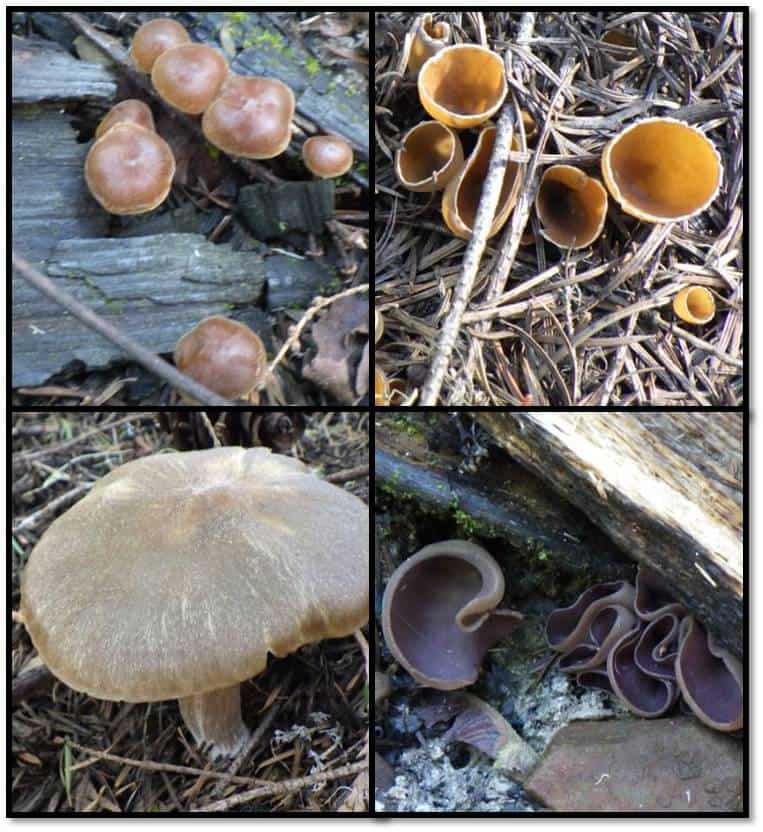
If you’ve never gone to a burn area during the spring season the year after a fire, it is quite a unique experience. Mycologist Ron Hamill gave a very interesting presentation to CMS showing the sequence of events that take place after a forest fire. The succession of numerous opportunistic organisms that flourish in burn zones is quite amazing. Species of fungi start to appear within days after a forest fire and the process never stops. This time when we arrived at the burn area there was only one car already there. Inside the burn area we quickly started to see a number of the mushrooms that take advantage of all the carbon a forest fire leaves behind in the form of charcoal and ash.
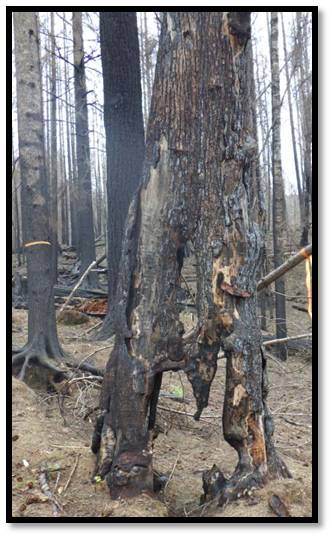
While our 2018 experience seemed more like a free-for-all shopping spree with plenty of participants, this area had more of a quiet, ghostly kind of feel to it. There was lots of destruction left in the wake of the forest fire as well as a simultaneous renewal of life. The forest floor was littered with conifer needles and maple leaves that covered up the ash underneath. There were plenty of chunks of fallen pieces of charred wood and small bushes that were totally blackened. The burn area was on a slope so lots of uphill climbing was needed. This badly burned-out maple tree caught my eye as it embodied the strange alien-like creations left in the wake of the fire. Amazingly, at the base of this tormented life there were maple tree sprouts rising from its roots. And, as Lee Yamada informed me, morels like to fruit at the base of burned maple trees that show signs of new growth. That was certainly the case as Lee collected quite a few morels beneath maple trees.
Happily, our small band of morel hunters did quite well hunting at various elevation levels. As for me, I greatly exceeded the 10,000 daily steps recommended for good health while finding nothing. You may think finding nothing is easy yet it takes a considerable amount of concentration, training, and focus to be successful. It is a talent I proudly share with others yet I feel no animosity toward those who insist on finding what they’re looking for.
I do have a few notes of caution for those who are planning on visiting a burn area for the first time. Due to the unstable conditions of burned trees, limbs can easily break off with the slightest amount of wind. Microbes breaking down the remnants of these trees also adds to their instability. It is best to visit these sites with other experienced burn area pickers who can give you tips on where to look and what places to avoid. Be careful when driving in on BLM or Forest Service roads with lots of tree debris as a falling tree can block a roadway and close off your way out. Unfortunately, Dustin Olsen of the Mushroomery had this happen to him so now his vehicle’s inventory includes several chain saws.
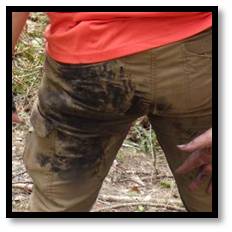
As a final note, it is difficult to avoid contacting the ash and soot that literally covers most everything. You’ll want to bring some kind of seat covers, towels, soapy water and lots of hand wipes. Hong happily offered up her pants to demonstrate just how much ash it is possible to take home with you. Although, Hong is a formidable mushroom hunter who boldly searches places where few have gone before. Sliding over large logs, going under bushes and into dense thickets are just a walk in the park for her. Subsequently, unlike me with my morel hunting expertise for finding nothing, if it exists Hong will find it.
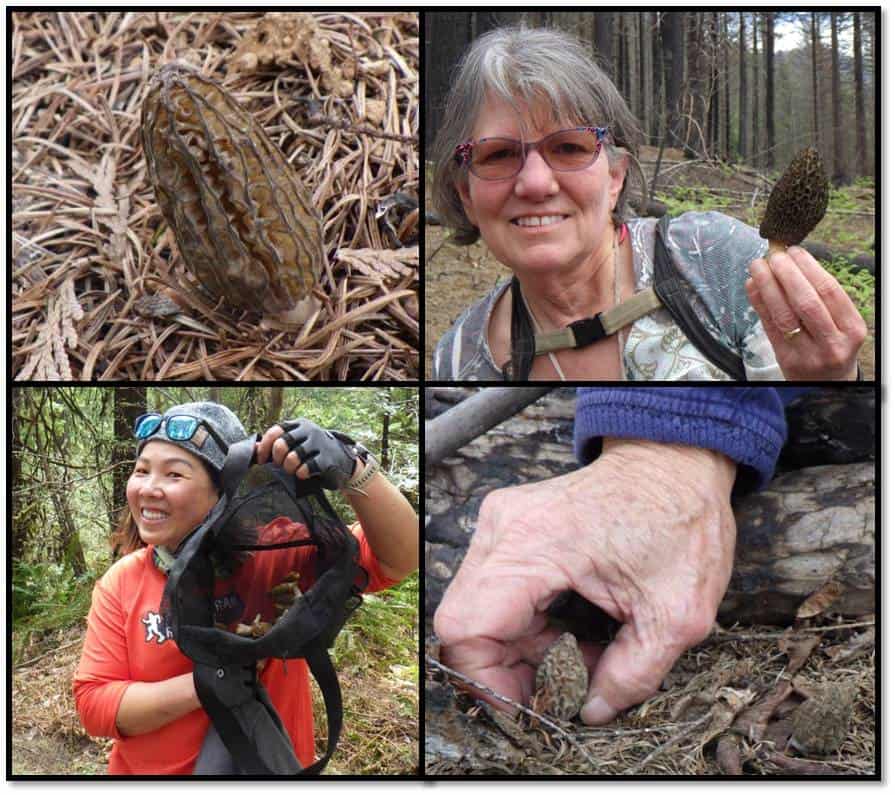
We greatly appreciated our chance to revisit a burn area and to take a closer look at both the devastation and eerie creations forest fires leave behind. It is a somewhat surreal experience like watching a scary movie yet you just can’t look away. There is something about hiking into the woods with fellow mushroom enthusiasts that other activities just can’t match up to. I think it’s the combination of interacting with friends and nature at the same time. Even under unfortunate circumstances when nature has been badly disrupted, there is a certain sense of hope as new life, including morels, regain their footing and help rebuild what was lost. Take care, stay safe and happy spring mushroom hunting.
Have a fabulous summer and we will see at our next meeting in September!
Ron
Additional Links of interest
Burn Morels: A Phoenix Rises – UO article on the relationship of burn morels and forests
Modern Forager Burn Morel Maps – How Hong knew where to take us
Ecology and management of Morels Harvested from the forests of Western North America (USFS)

